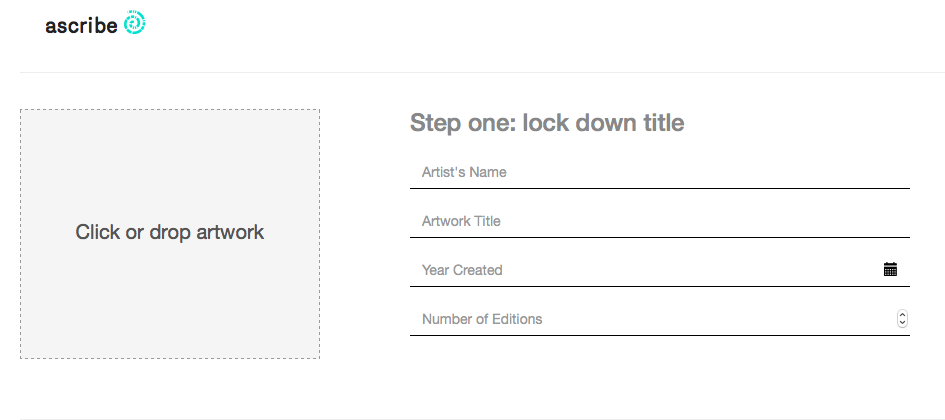While 3D printing has definitely increased concerns over creative property protection, especially in the case of digital properties, IP security is an issue that affects many different approaches to artistic creativity . That is why ascribe, a service for artists, galleries, and collectors to register, transfer and archive digital art, has already been adopted by more than 600 artists who have registered over 2.600 digital creations.
The list of ascribe’s partners includes Stilnest, a marketplace that sells high-end, 3D printed jewellery. The company is using ascribe to register designs and enforce exclusivity agreements with their designers. The goal is to give designers more security and reassurance, so that when they use Stilnest, their proprietary designs are protected and tracked. This is seen as one of the primary concerns for many artists when sharing their digital models and making them available online.
ascribe’s Ownership Registry™ is a secure, publicly accessible registry that uses advanced cryptography and is decentralized, anchored by the same technology that powers the Bitcoin blockchain ledger. Through this system ascribe allows artwork to be verified, thereby strengthening the value proposition of digital art for the art market, collectors and archives.
“We believe that ascribe provides a solution that truly helps creators and artists, galleries and collectors to protect their interests. We also hope that by offering ascribe for free we are stimulating the digital art community to grow and prosper,” said ascribe co-founder Masha McConaghy.
Founded in August 2014 by Masha, Trent McConaghy, and Bruce Pon in Berlin, ascribe was developed to help advance the practice of digital art, its communities and institutions. Creators simply upload their digital work to the ascribe Ownership Registry™ to stake a claim on their creation. The digital work is securely stored in the cloud and credited to its creator. The entry is timestamped and each edition of a work receives a unique crypto-ID that is inseparable from the original.
This simplifies the transfer or loan of each digital work, thus increasing the business development possibilities for the artist, without increasing the risk of losing ownership of the work. In fact – almost paradoxically – the free circulation of ideas is actually increased and helped by the possibility of “ascribing” a creative work to its rightful owner. So much so that even Creative Commons partnered with ascribe to launch: cc.ascribe.io. Since the end of May, users can benefit from both services: get a CC license, secure attribution, get a unique ID on the blockchain, back up in the cloud, share works securely and enable tracking.
“We are giving people the choice on how they want to control their intellectual property, whether they want to give it away for free via Creative Commons or whether they want fair compensation for their copyright. For those who do want to defend their copyrights, such as where art work has been copied or popular TV shows have been leaked, we can give the copyright holders visibility,” said ascribe’s Bruce Pon.
“Protection of copyright and intellectual property,” he went on, “is an urgent matter with massive financial consequences. For example, the art, antique and collectibles market has around 50€ Billion in turnover annually. That is 1.5 times bigger than the entire advertising market. Given that the internet behemoths of Facebook, Yahoo! or Google all operate in the advertising space, you can imagine that the art market has significant untapped potential if you can replicate the model for digital art.” We probably can ascribe the future growth of 3D printing in general to more effective file protection systems as well.




